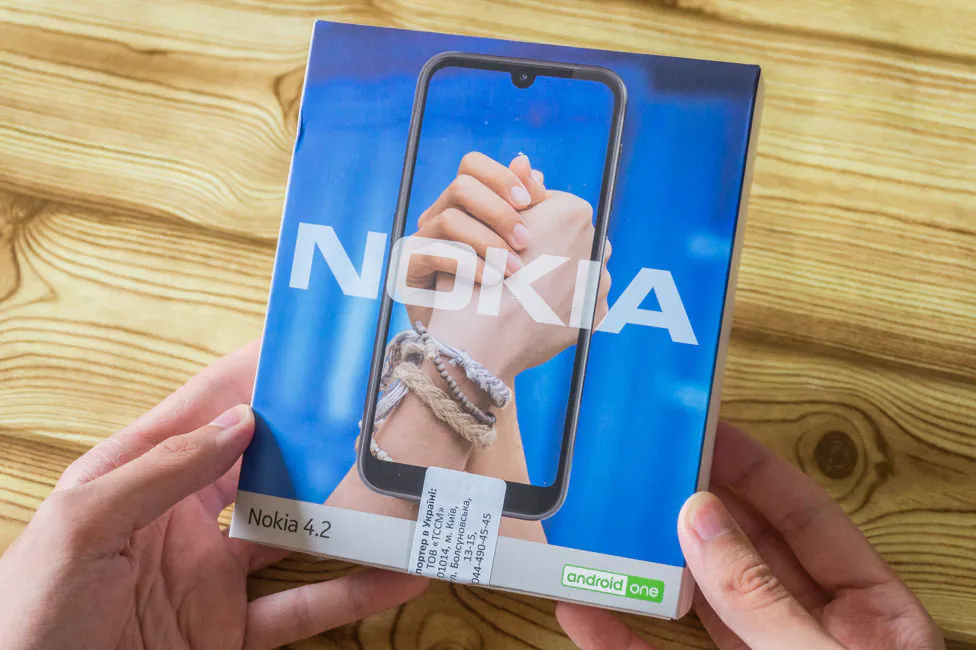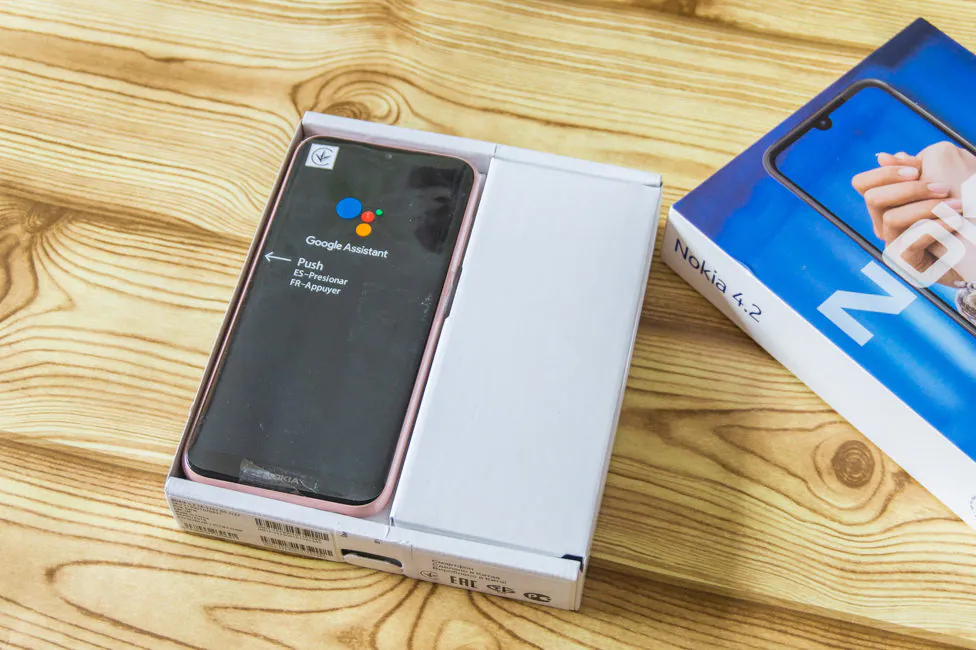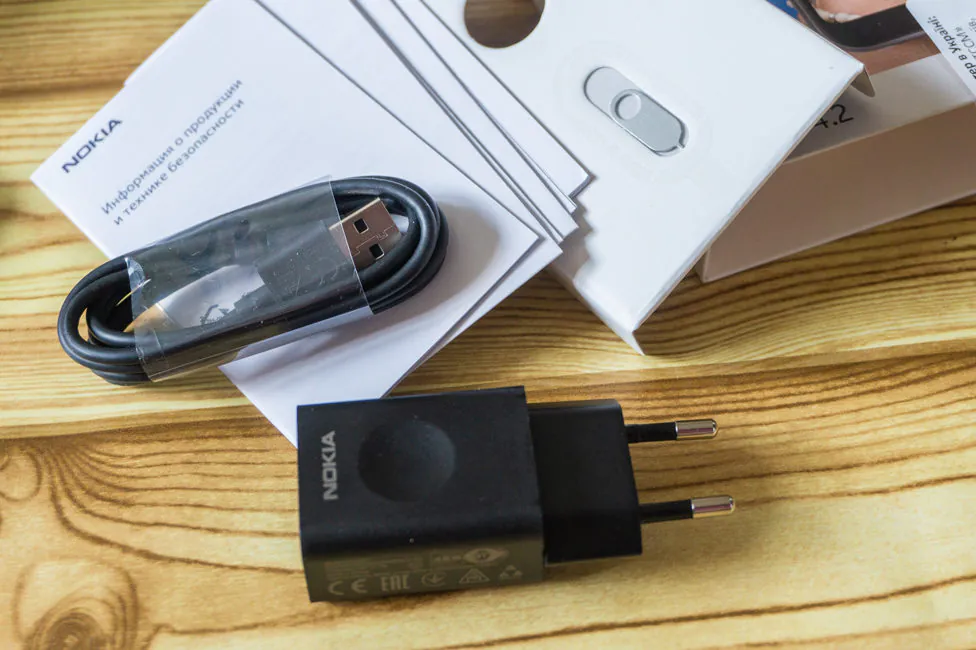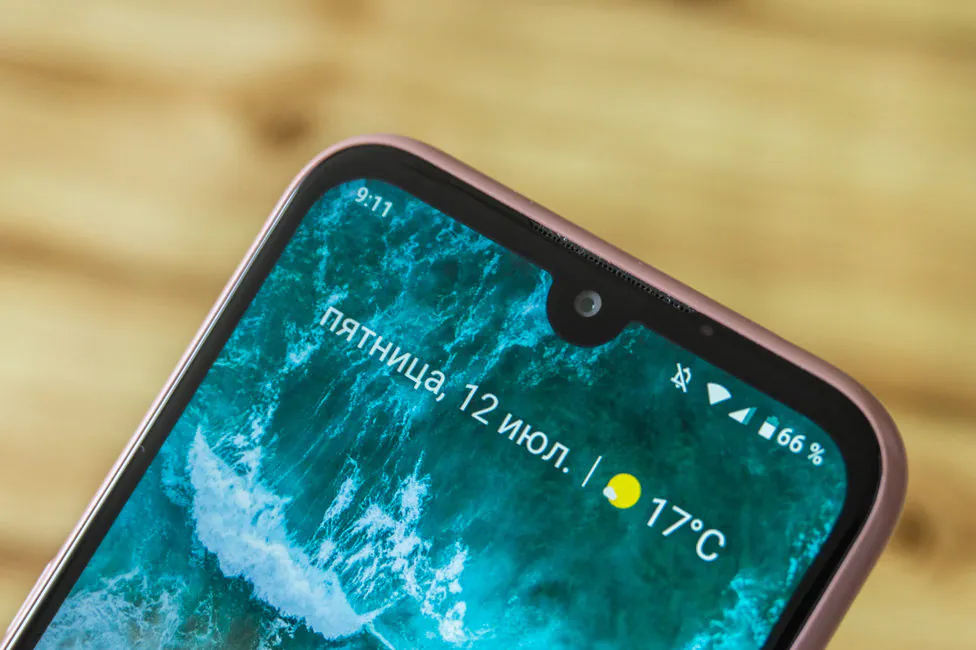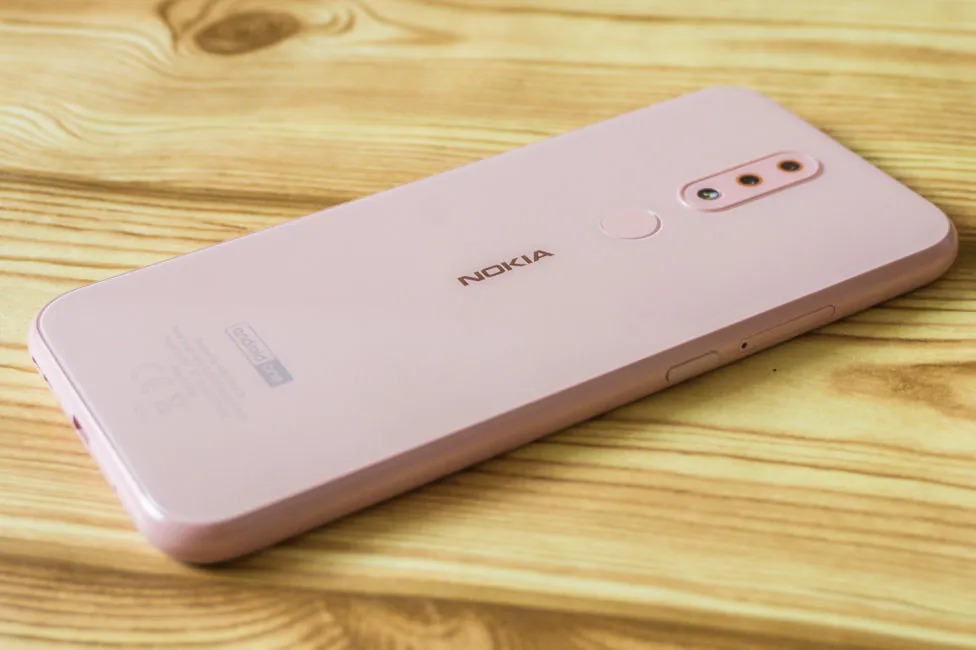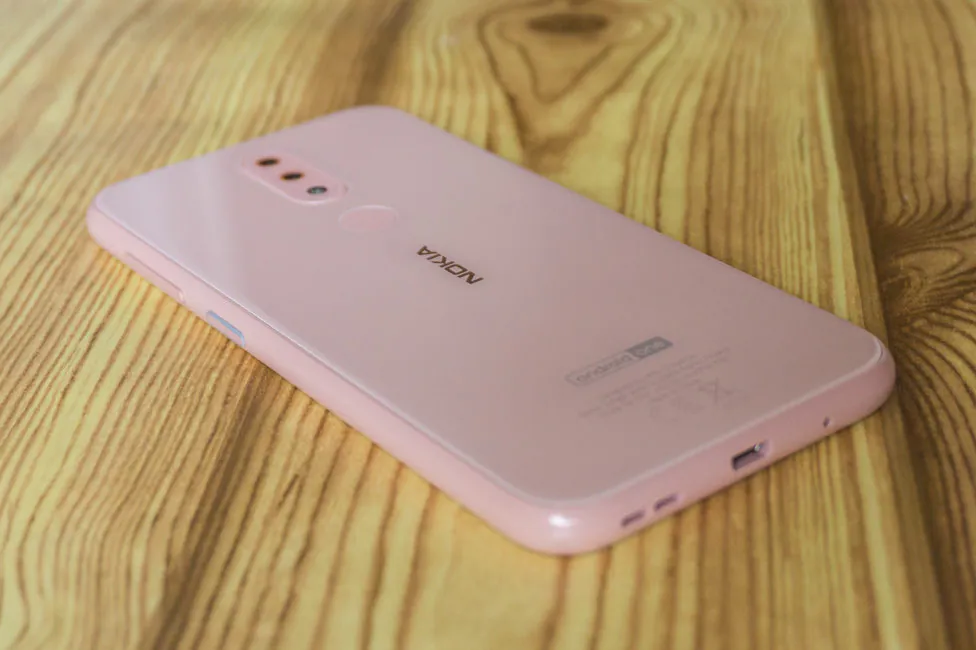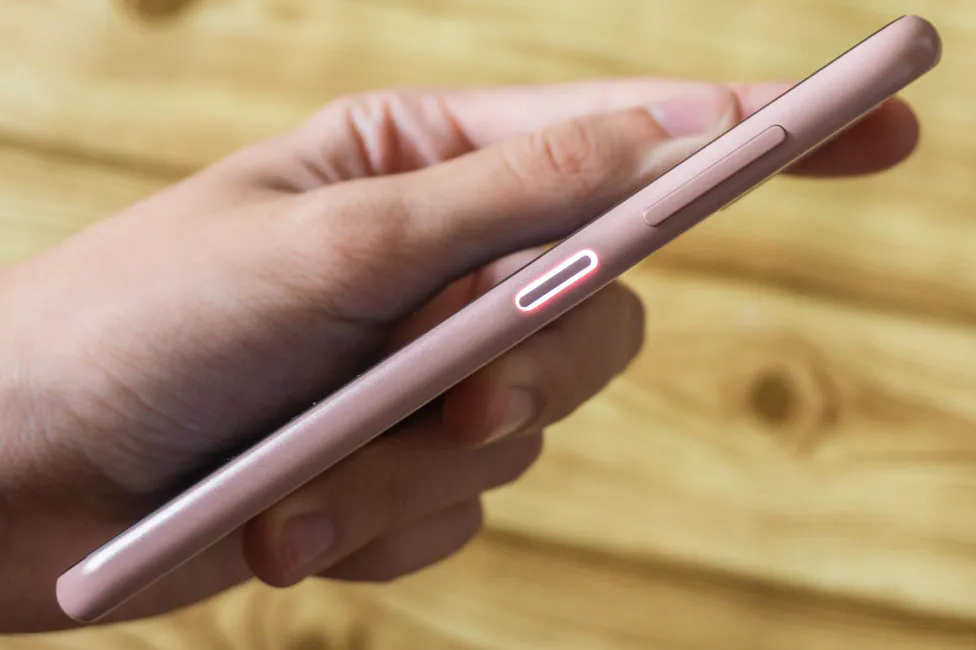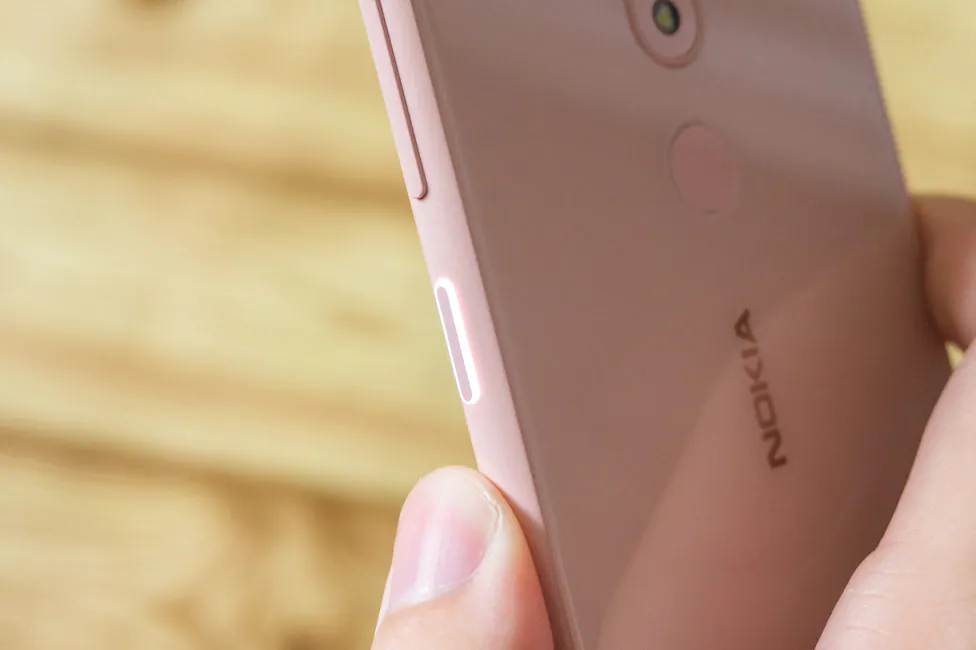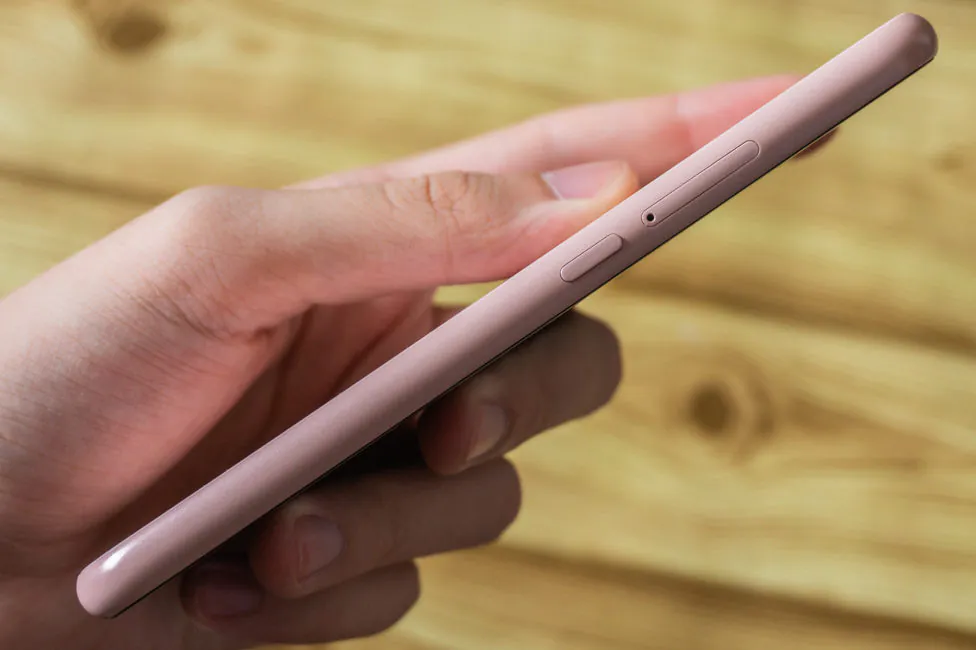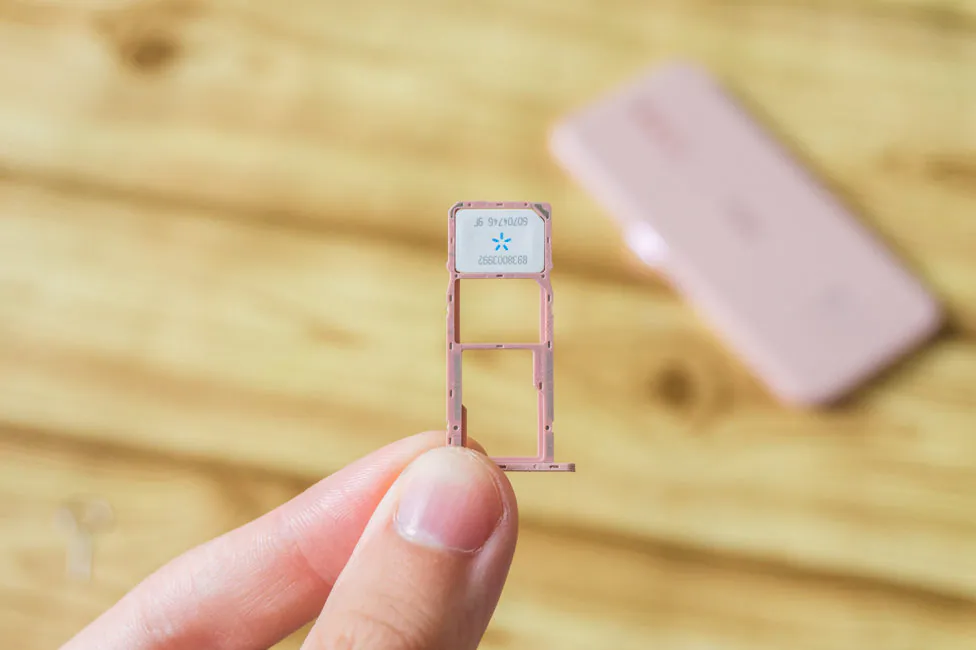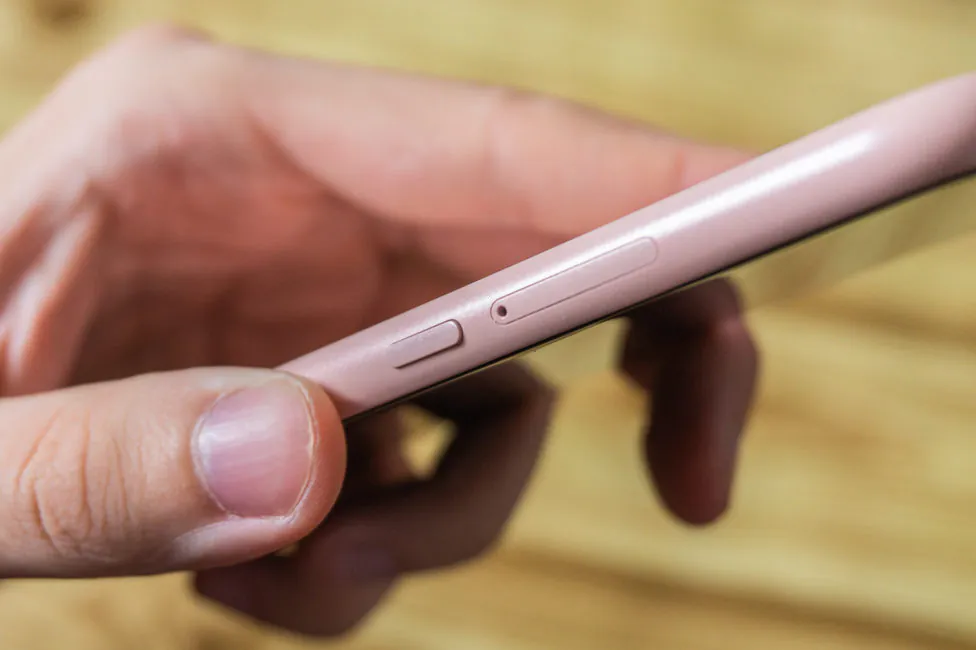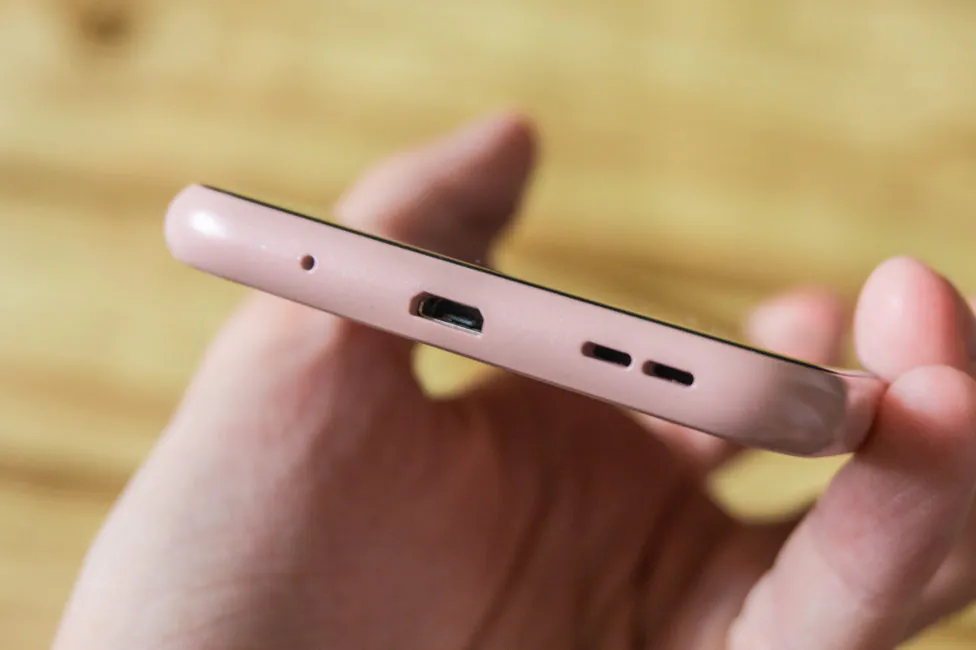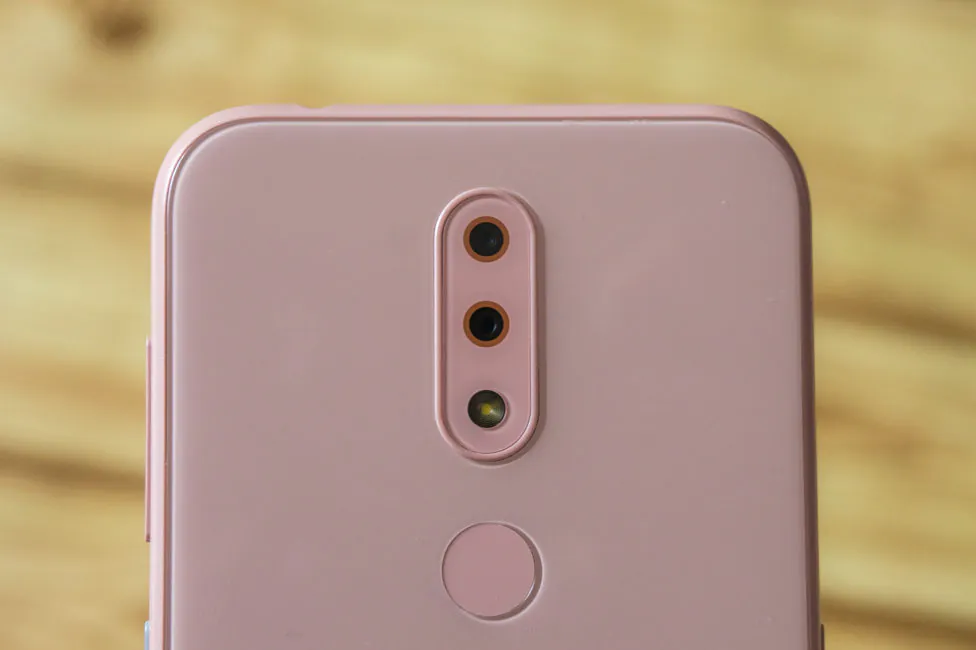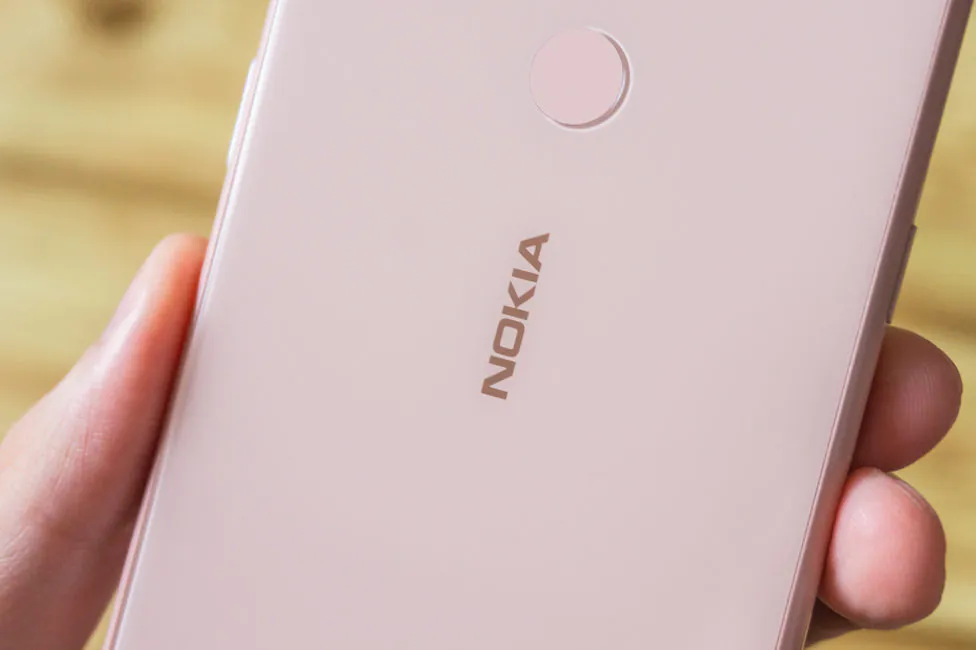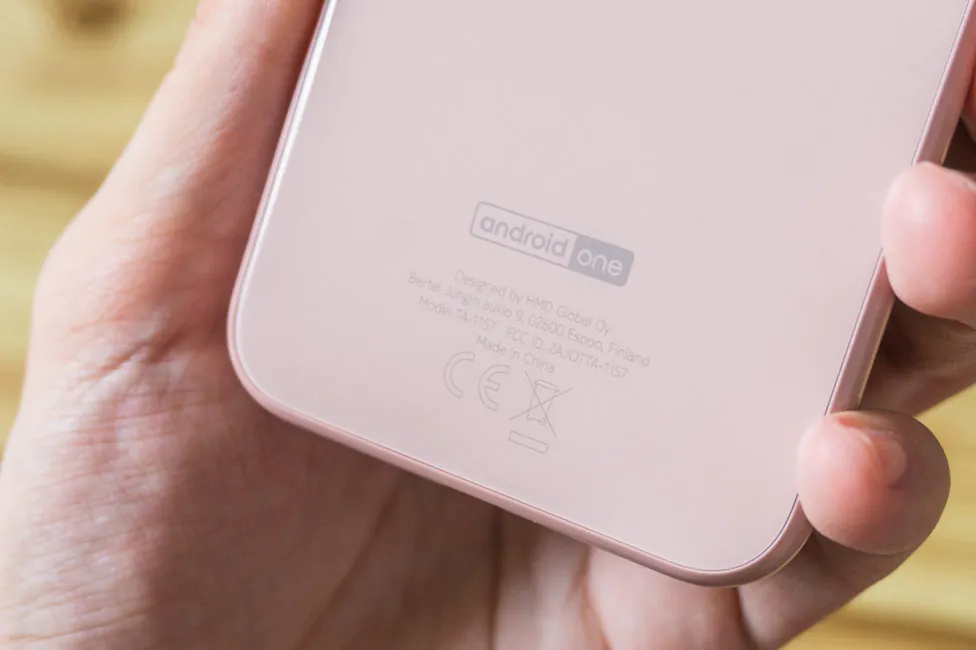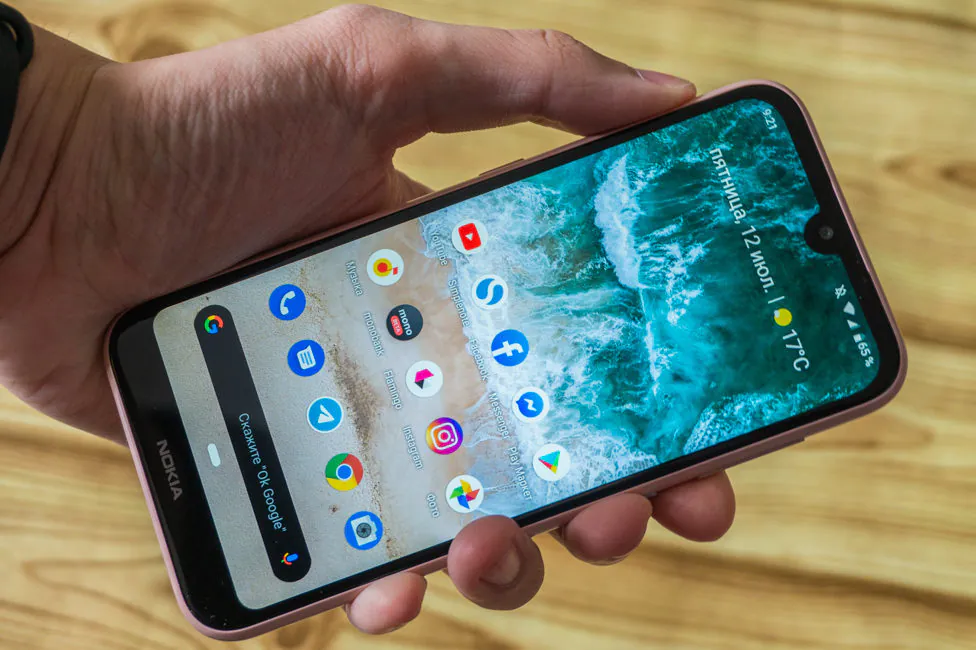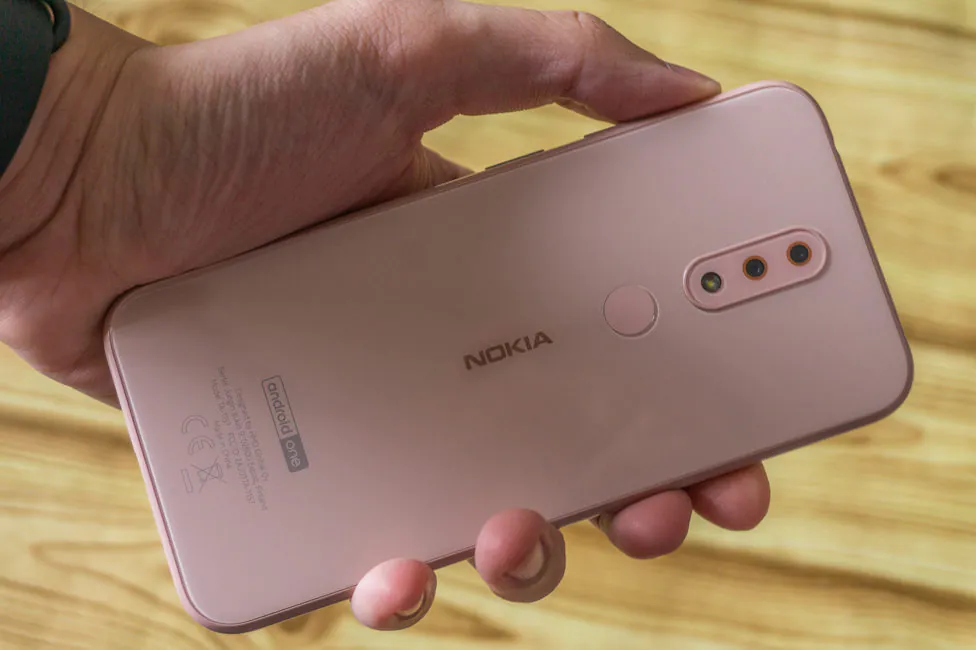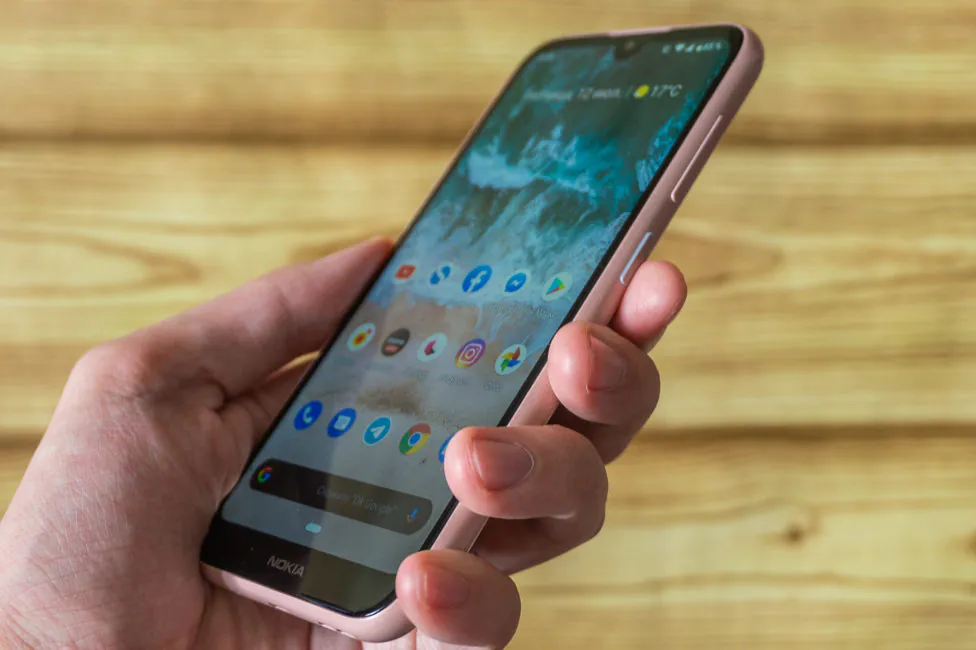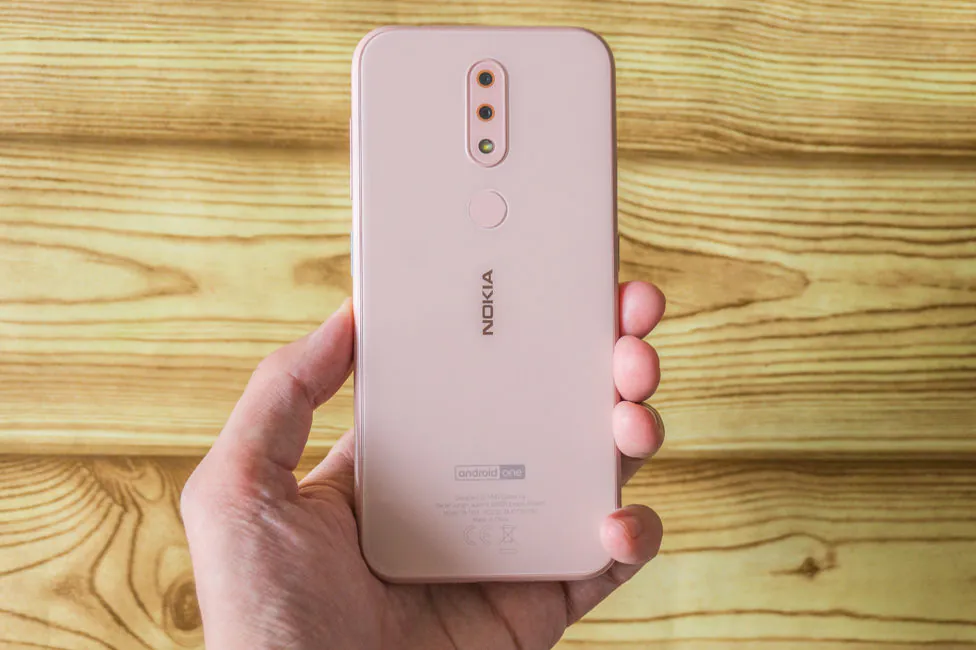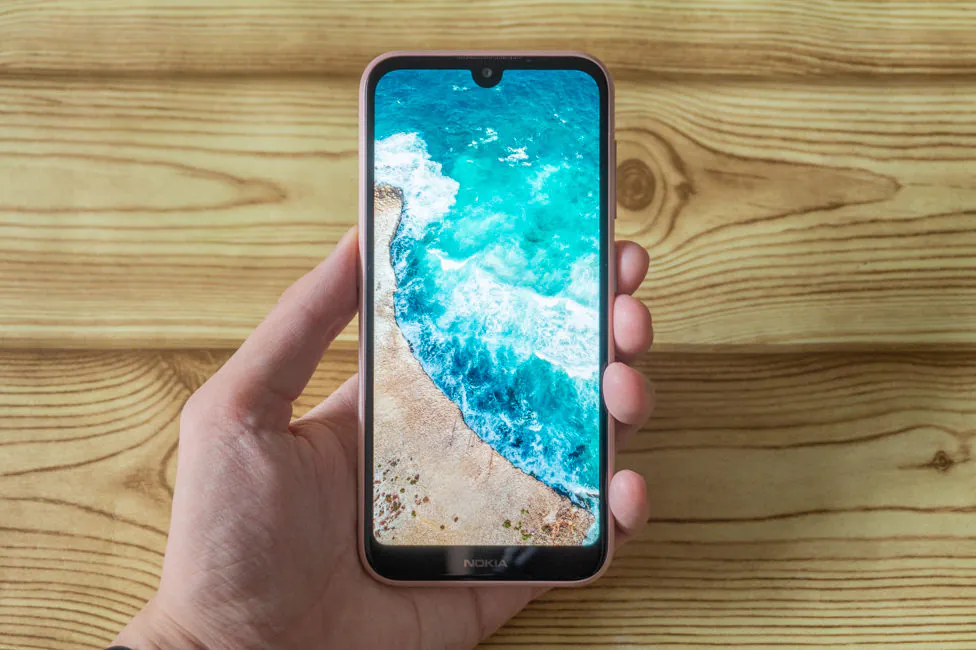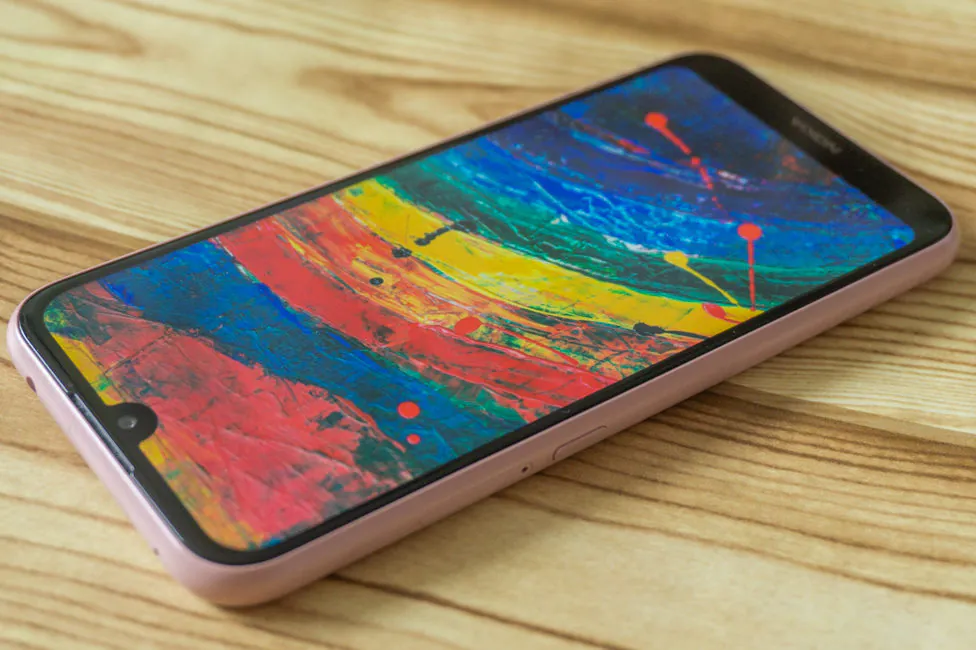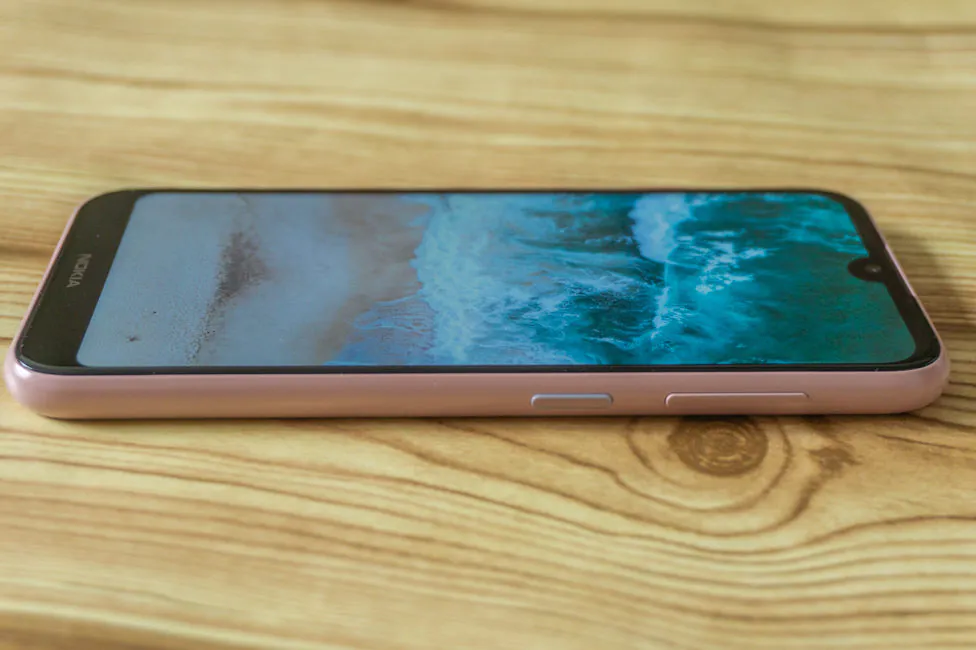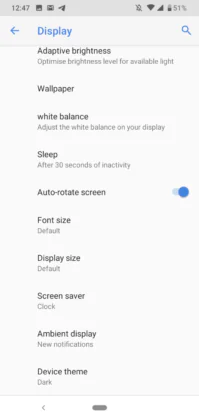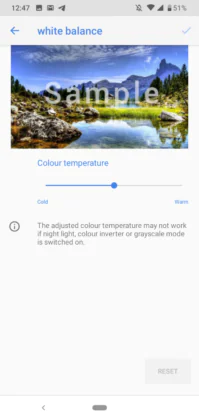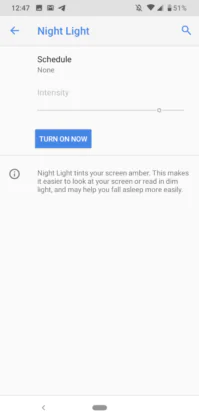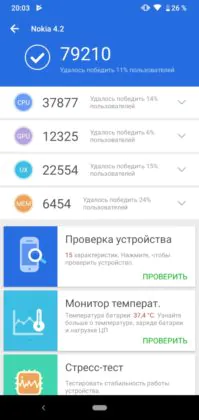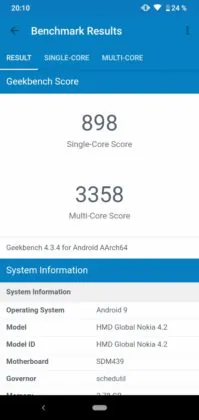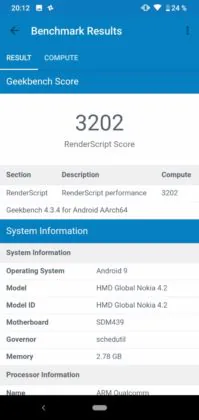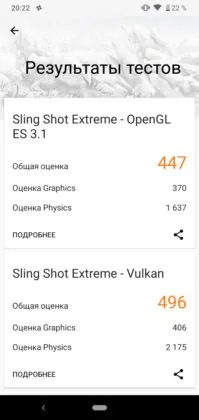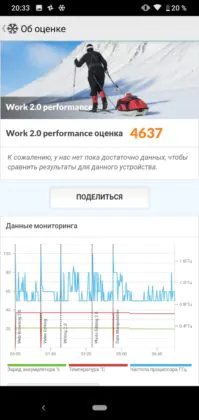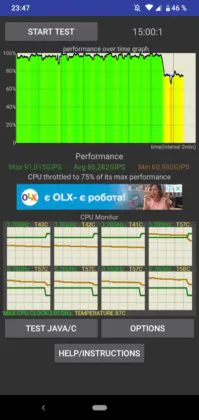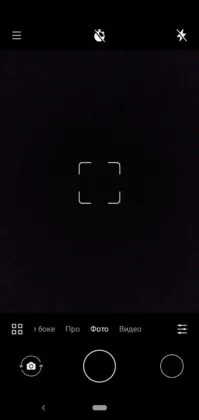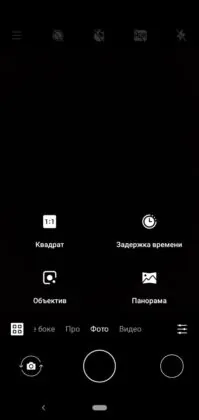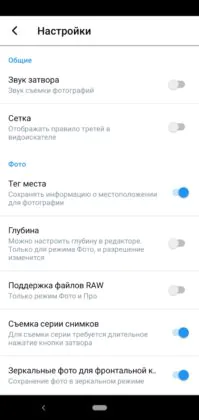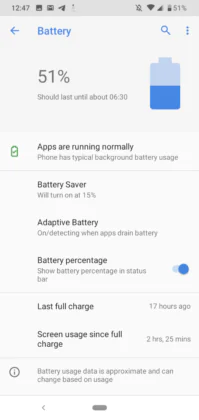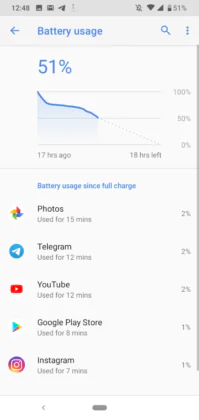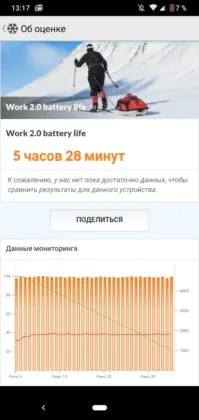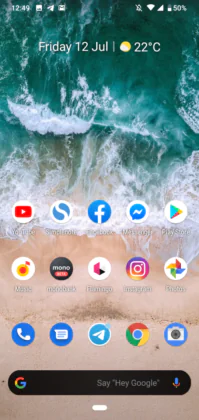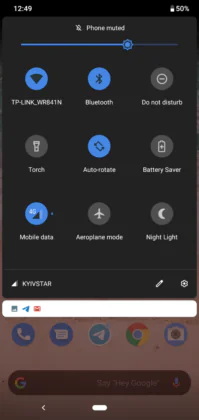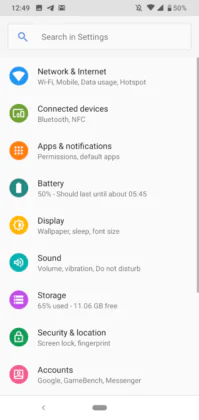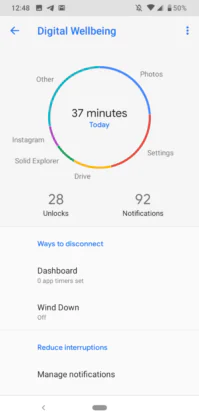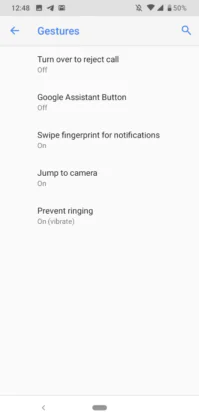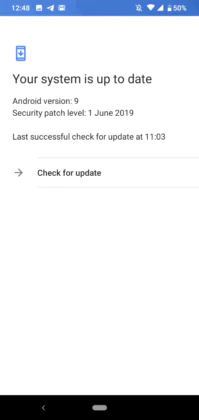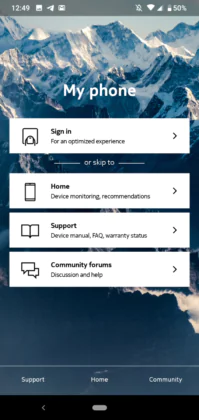© ROOT-NATION.com - Use of content is permitted with a backlink.
Nokia smartphones from HMD Global continue to evolve. Judging by the current state of things, the Finns focus on the popular and oversaturated budget segment. Xiaomi, Huawei (and Honor), and even Samsung have been creating good affordable phones lately. Today we talk about Nokia 4.2 and a little about Nokia phones in general.
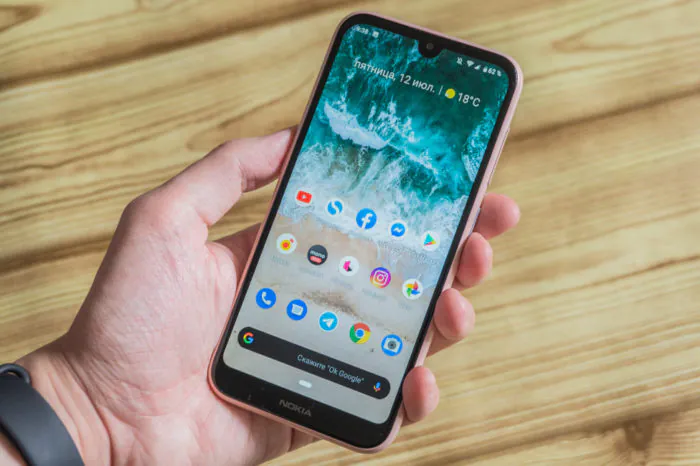
Nokia 4.2 specifications
- Display: 5.71″, TFT LCD, 1520 × 720 pixels, aspect ratio 19: 9
- Chipset: Qualcomm Snapdragon 439, 8-core, 2 Cortex-A53 cores with a maximum frequency of up to 2.0 GHz and 6 Cortex-A53 cores with a frequency of up to 1.45 GHz
- Graphics accelerator: Adreno 505
- RAM: 3 GB
- Permanent memory: 32 GB
- Support for microSD memory cards: up to 400 GB
- Wireless networks: Wi-Fi 802.11 b/g/n, Bluetooth 4.2 (A2DP, LE, aptX), GPS (A-GPS, GLONASS, BDS), NFC
- Main camera: main module 13 MP, f/2.2, 1/3″, 1.12µm, PDAF and 2 MP depth sensor
- Front camera: 8 megapixel, f/2.0, 1/4″, 1.12µm
- Battery: 3000 mAh
- OS: Android 9.0 Pie, Android One
- Dimensions: 149 × 71.3 × 8.4 mm
- Weight: 161 g
Price and positioning
In some markets in Europe Nokia 4.2 smartphone is presented in a configuration with 3 GB of RAM and 32 GB of storage, with NFC. In other markets, there’s a 2/16 GB version with no NFC module.
As for the price, it costs about $193. It automatically puts the device in one row, for example, with Honor 10 Lite, Huawei Y7 2019 and lots of Xiaomi.
What’s in the box
Nokia 4.2 comes in a flat cardboard box with a nostalgic design. Inside, we have the gadget, a power adapter (5V/1A), a USB/microUSB cable, a SIM card eject tool, and various documentation of little interest to us.
Design, materials and build quality
Nokia 4.2 is hardly unique. It follows the trends of this year, and that’s all that is has going for it.
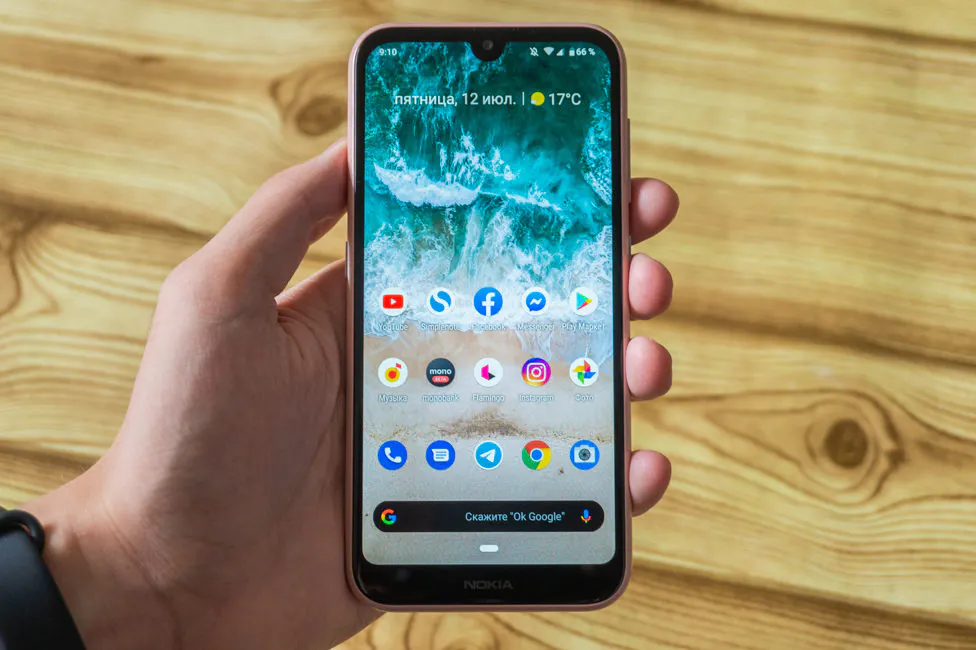
In the upper part of the front panel there is a notch, and the indentation below is quite wide. The bezels around the display are also thick by today’s standards. Although the brand inscription was hardly necessary.
But on the back all the elements are centered. It is already good that at least the banal placement of a block of cameras (in the upper left corner) was not used. As you can see, there are also no gradient colors.
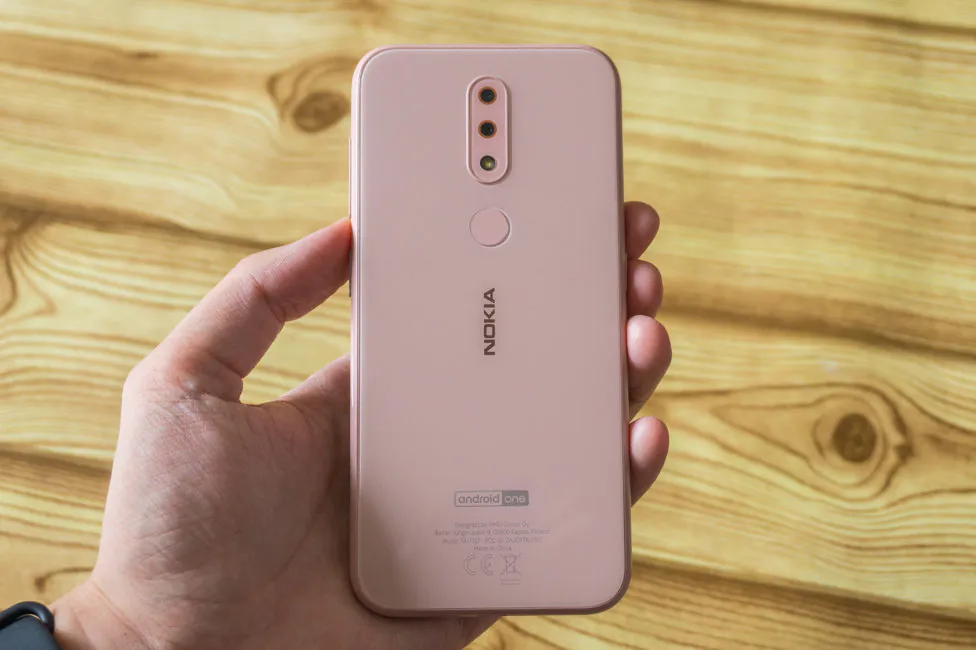
Such an approach naturally has the right to exist. In particular, this should appeal to connoisseurs of more classic designs.
The color of my sample is called Pink Sand. A good fit for girls. The second possible color is classic black.
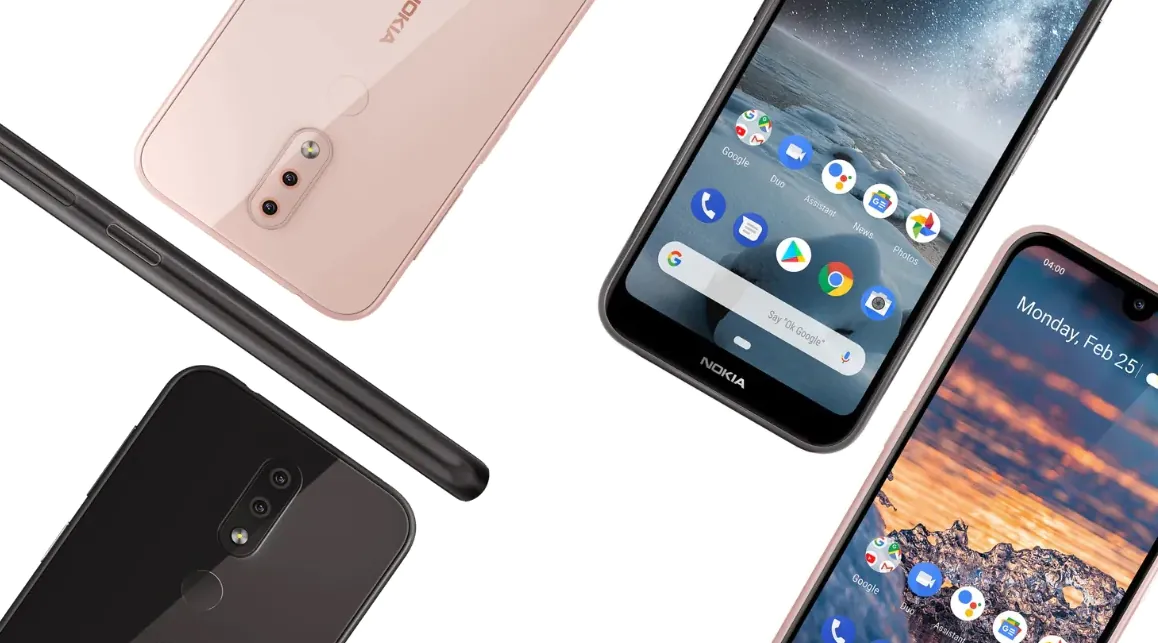
The body consists of glass and plastic. The plastic here is only for a frame, and the back panel is made of glass. This highlights the smartphone, because in this price segment these materials are rare.
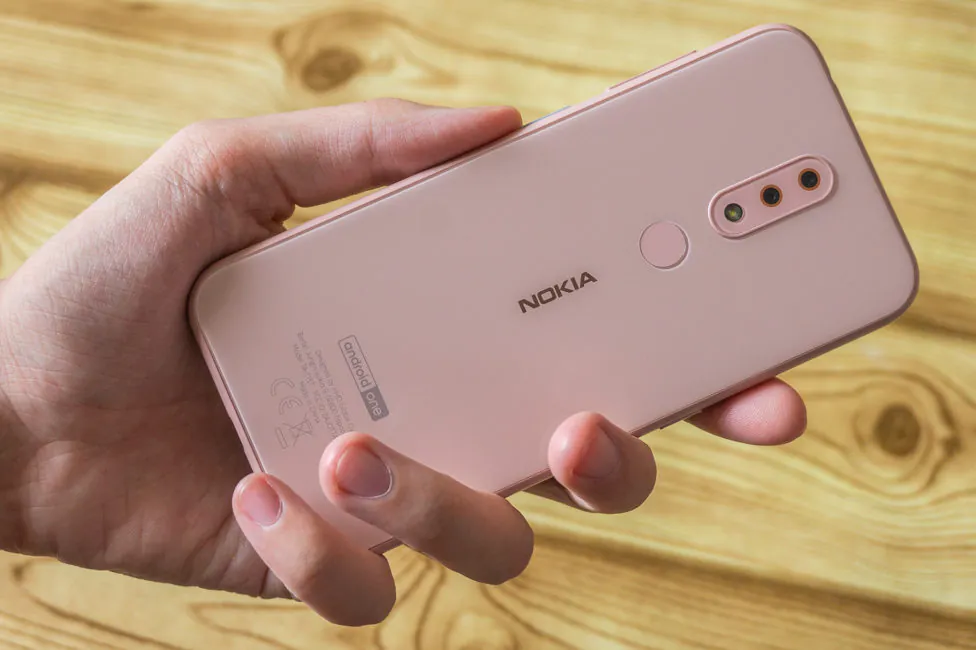
Whether this is good or bad – decide for yourself; someone may want to minimize the chance of breaking the back panel, while for someone tactile sensations are more important.
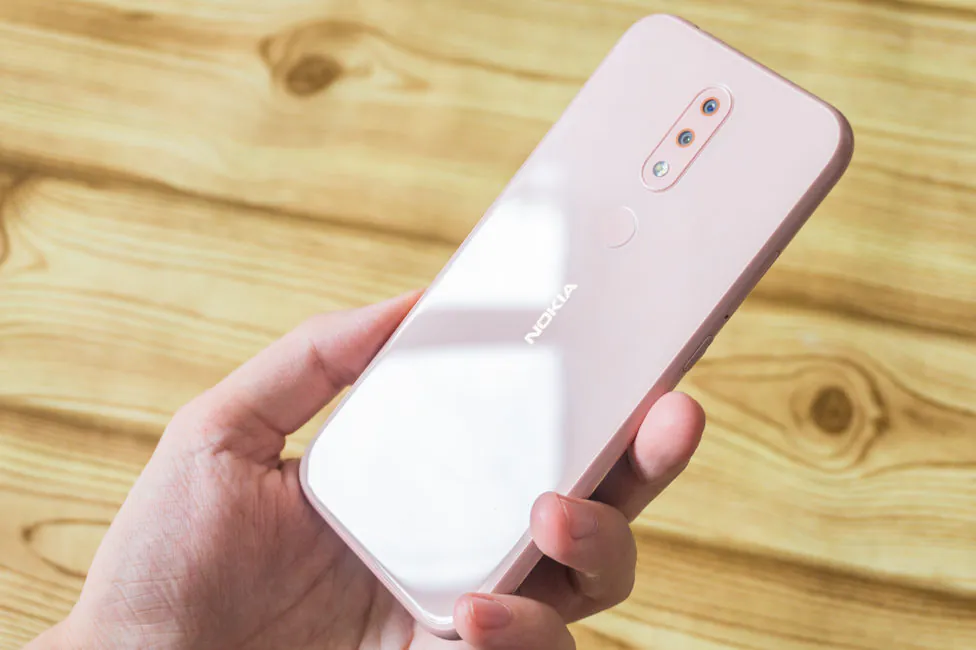
The build quality of Nokia 4.2 is great, no issues whatsoever. Oleophobic coating is on both sides, but the phone is immune to fingerprints.
Elements’ configuration
In front of the screen is a front camera, a proximity and light sensor, as well as a speaker. Below there are no functional elements – only the Nokia logo.
On the right side of the smartphone there are two keys: the volume control and the power key. I would like to speak about the second one separately, because it is unusual here, and besides the direct function it serves as an LED.
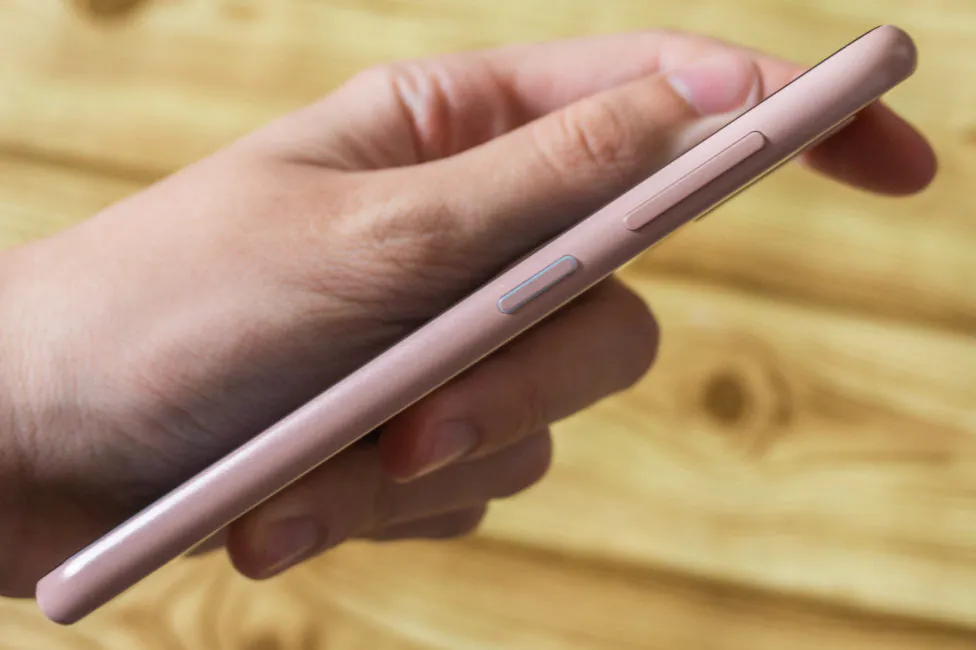
The key flashes smoothly on notifications or glows when charging. The solution is interesting, the button is evenly highlighted and is very bright. A real plus of the smartphone – you rarely see such innovations in cheaper devices.
The left side also boasts unusual elements. Here is a slot for two nanoSIM cards and for a microSD. But besides, there is another button here. You need it to launch Google Assistant, but I will tell about it later.
The bottom side got a microphone, a microUSB port (unfortunately not Type-C) and two notches, behind which there is a multimedia speaker. The top edge has a second microphone and a 3.5 mm audio jack.
Behind is a block with two cameras and a flash, framed in a border and protruding a millimeter above the surface of the glass back panel. Below it is a compact cutout with a fingerprint scanner, Nokia’s vertical inscription and various markings at the very bottom, including the mention of Android One. But we will also talk about this separately.
Ergonomics
Nokia 4.2 is a relatively compact smartphone (149 × 71.3 × 8.4 mm) that weights 161 grams. They can easily be controlled with one hand due to the rounded shape as well.
The control buttons are in convenient positions, the power key is big enough. Finding it blindly is not a problem at all. I haven’t come across the problem of accidentally pressing the assistant’s call button.
Nokia 4.2 display
The screen diagonal is 5.71″ with a resolution of 1520 × 720 pixels. The aspect ratio is 19:9, and the pixel density is approximately 295 ppi. The display is TFT-based, if we talk about the characteristics indicated on the manufacturer’s website. Although some sources claim that this is an IPS screen, but in practice it doesn’t worry us much, because even if it’s a TFT, that’s good enough and there’s no typical issues.
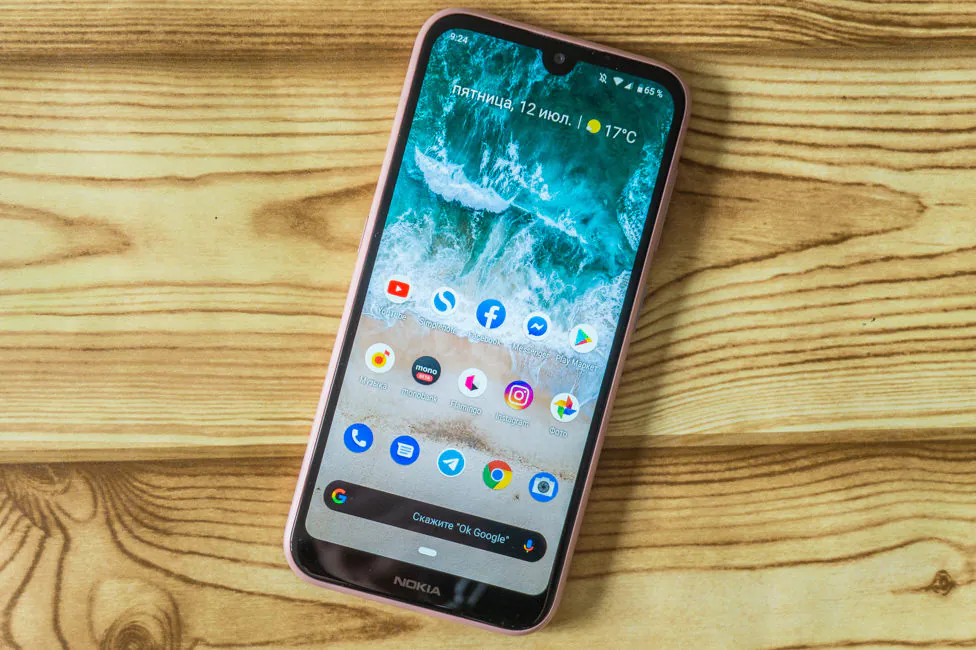
The screen of the smartphone provides good viewing angles – the image doesn’t get inverted. There is practically no fading of dark shades either. However, the margin of brightness is not very large. Outside on a bright sunny day it can be hard to see the screen.
HD + resolution should not confuse the undemanding Nokia 4.2 user. It seemed to me quite clear and without any problems I turned on QHD. The color rendition is restrained, but the screen is calibrated with a small margin in cold tones.
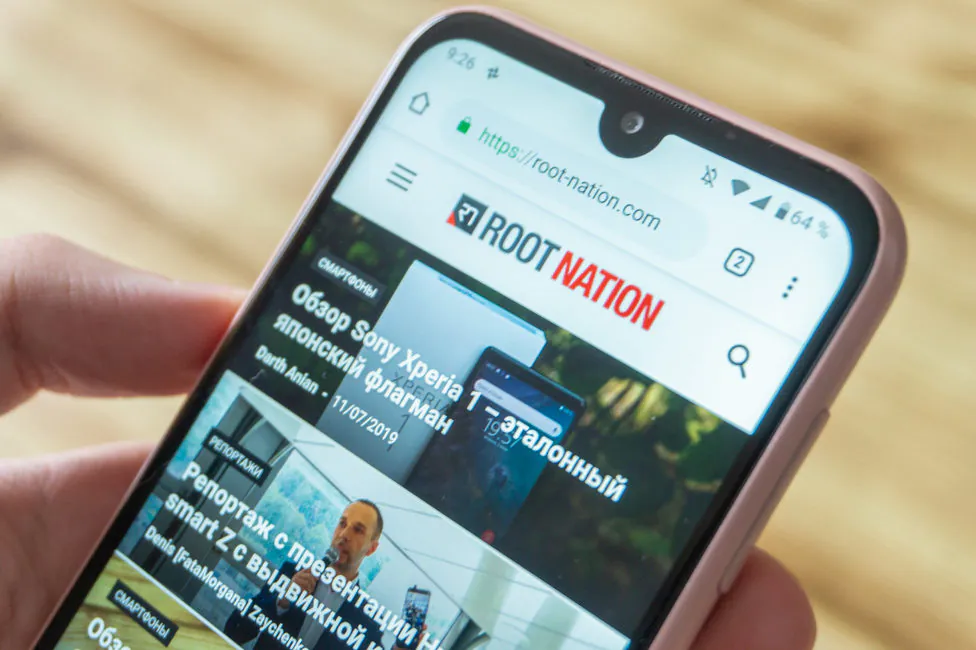
Well that can be corrected by regular means. In addition, you can activate the night mode, with which the screen gets a warmer shade for comfortable use in the dark.
The display is not bad; only brightness level is disappointing. But there is another nuance: adaptive brightness control does not behave as it should. For some reason, the phone literally blinds the eyes when it’s dark. It’s hardly adaptive. The user himself should be able to move the slider in the right direction, and the smartphone must remember this level and subsequently set it under similar lighting conditions.
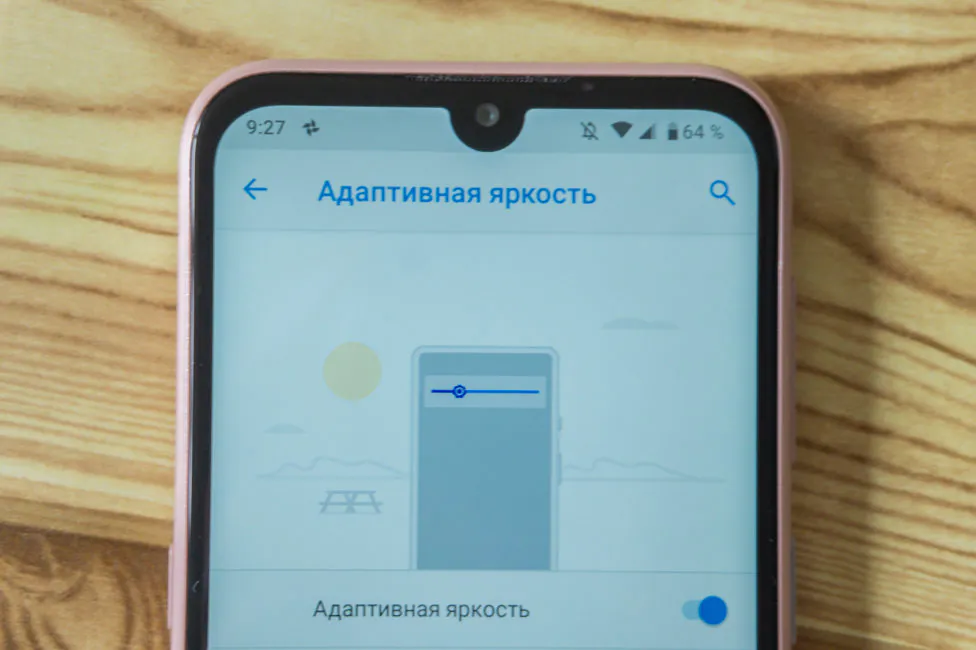
But no matter how hard I tried to lower it, with each new unlocking, it returned to default settings. Perhaps the problem is in software, and maybe this is a feature of the test sample.
Nokia 4.2 Performance
The Nokia 4.2 uses the weaker Qualcomm Snapdragon 439 platform: 12 nm, eight Cortex-A53 cores. Two of them work with a maximum clock frequency of up to 2.0 GHz, and the remaining six cores operate at a clock frequency of up to 1.45 GHz. Adreno 505 acts as a graphics accelerator. The performance level is below average.
As I mentioned at the beginning, our market got 3/32 GB configuration. RAM is not enough, but most of the app multitask just fine. 5-7 apps work simultaneously with no problems.
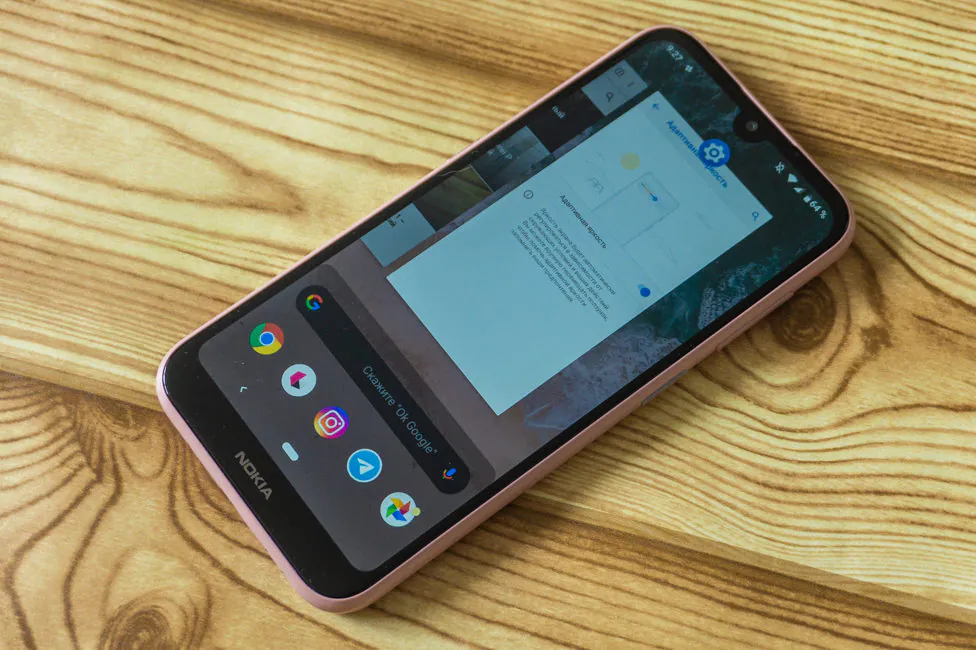
But 32 gigs, or rather, allotted 20.17 GB, may not be enough for some users. But since we have a slot for a microSD, this fact is not so critical.
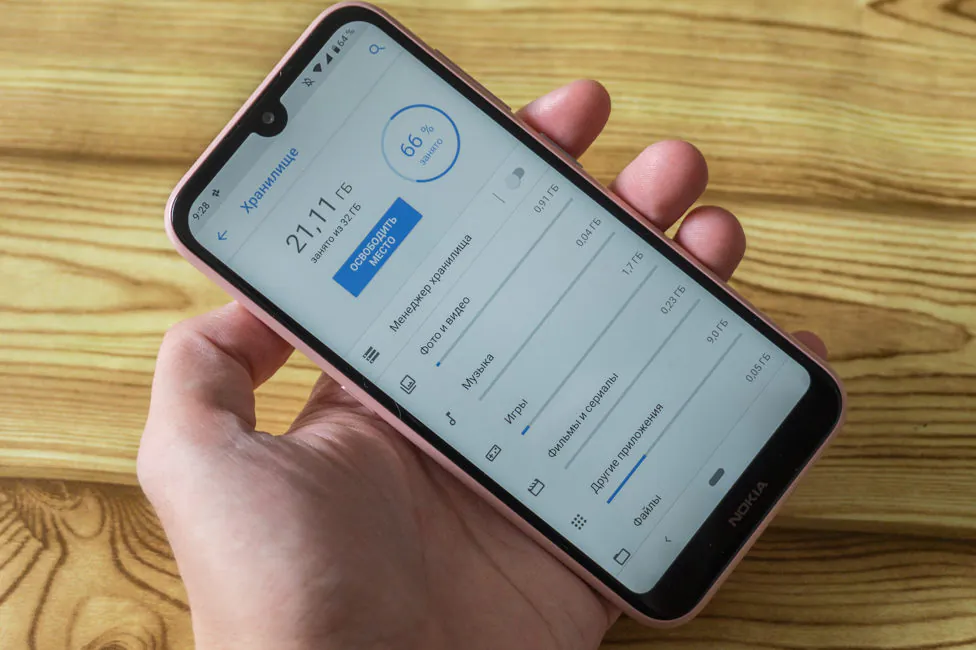
Nokia 4.2 is quite fast. It does not think for a long time after you click on the icon of an application, but sometimes the frame rate may drop a little when scrolling through long lists. Also in some places there are microlags, which are typical for budget smartphones. But it happens rarely.
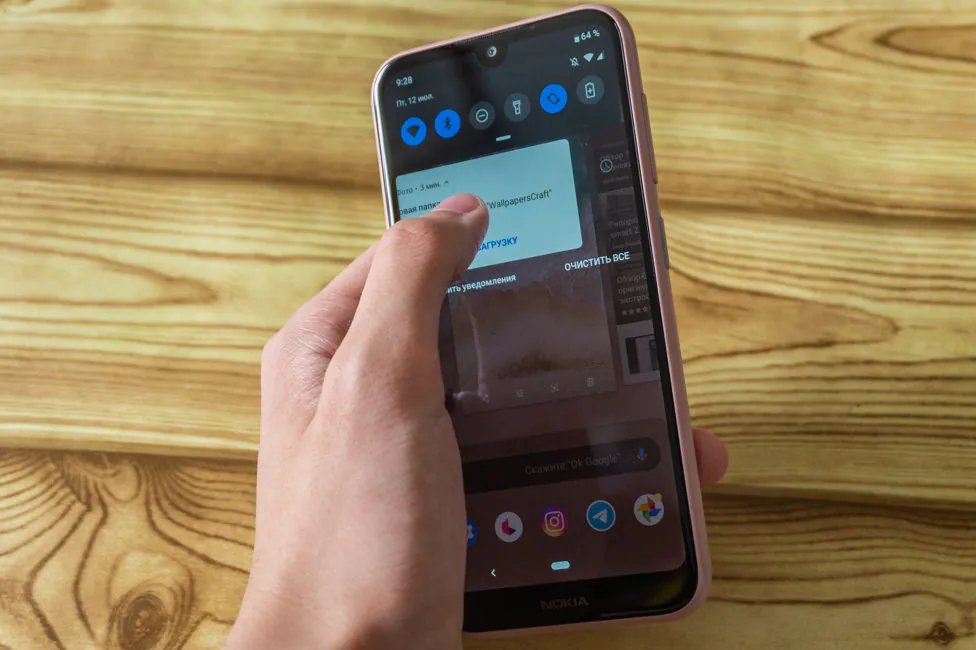
Nokia 4.2 is not about games. No, of course, basic undemanding arcades and time killers work well on it. However, heavy projects like PUBG struggle. At low graphics settings, it runs with 21 fps, if GameBench is to be believed. So, the phone’s really not for gamers.
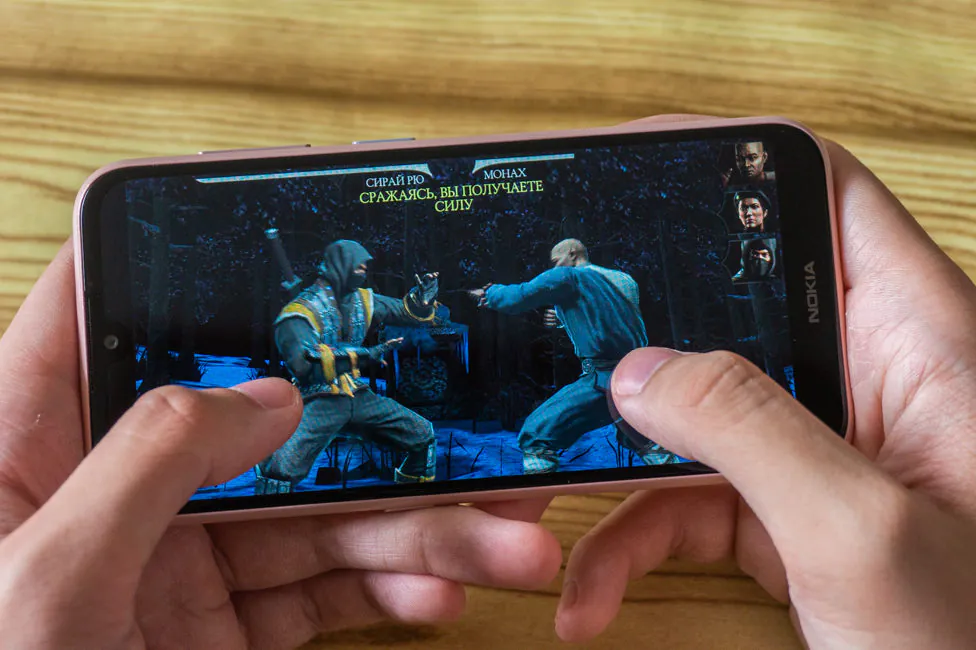
Nokia 4.2 Cameras
In the main unit of Nokia 4.2 cameras there are two eyes, which has already become the norm for budget phones. Main module: 13 Mp, f/2.2, 1/3″, 1.12µm, PDAF. The second module is a 2 Mp depth sensor, which is needed for bokeh effect.

Pictures of the main camera can hardly be called outstanding due to the weak dynamic range and mediocre detailing. The edges of the frame get blurred when for unknown reasons – particularity when shooting landscapes. In perfect conditions you can get a nice picture. There’s also not a lot of noise – indoors there’s a good balance between noises and fine details. But don’t try to take photos at night. The process is frustrating and slow, and the snaps are blurry. In general, the camera is quite average, within the class you can find better.
PHOTO EXAMPLES IN FULL RESOLUTION
The device does a good job with the background blur effect – you can experiment with this case. But it is worth knowing that this mode is very picky about lighting conditions. Examples below.
Shooting a video is also clearly not the strongest side of Nokia 4.2. You can shoot in 1080p, but without stabilization.
The selfie camera is 8 MP, f/2.0, (1/4″, 1.12µm) is okay. The viewing angle is wide, the detailing is acceptable, and it knows how to blur the background.
The camera application, oddly enough, has lots of modes. There is a manual mode with all the necessary parameters, a square (photo 1:1) mode, Google Lens, panoramas, timelaps, “live” photos. But what else is interesting – in the settings of the stock camera there is a toggle switch with which it becomes possible to save photos in RAW format. Why this is necessary for a budget device, I don’t know, but it’s there if you need it.
Unlocking Methods
The fingerprint scanner in Nokia 4.2 is located on the back in a small recess. Despite this, the finger always finds the platform with no problems. It’s stable and fast, but not amazingly so. It’s good, you can open the notification curtain with it.
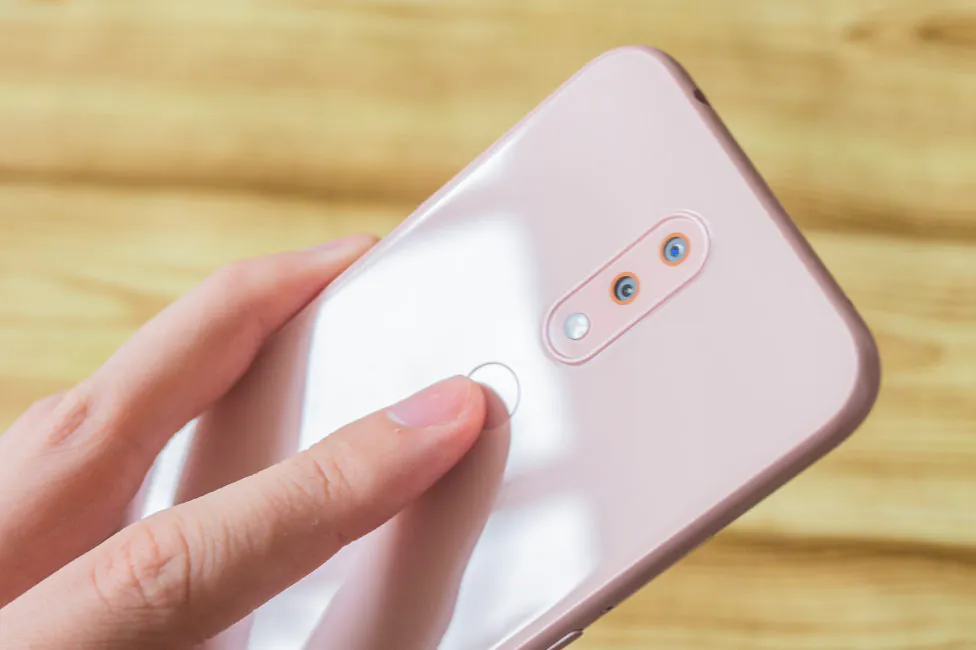
Unlocking with face is problematic. It works, but… The scanning process itself is long and don’t always end in a success. I tried to use it and turned it off on the second day. Fingerprint method is miles better.
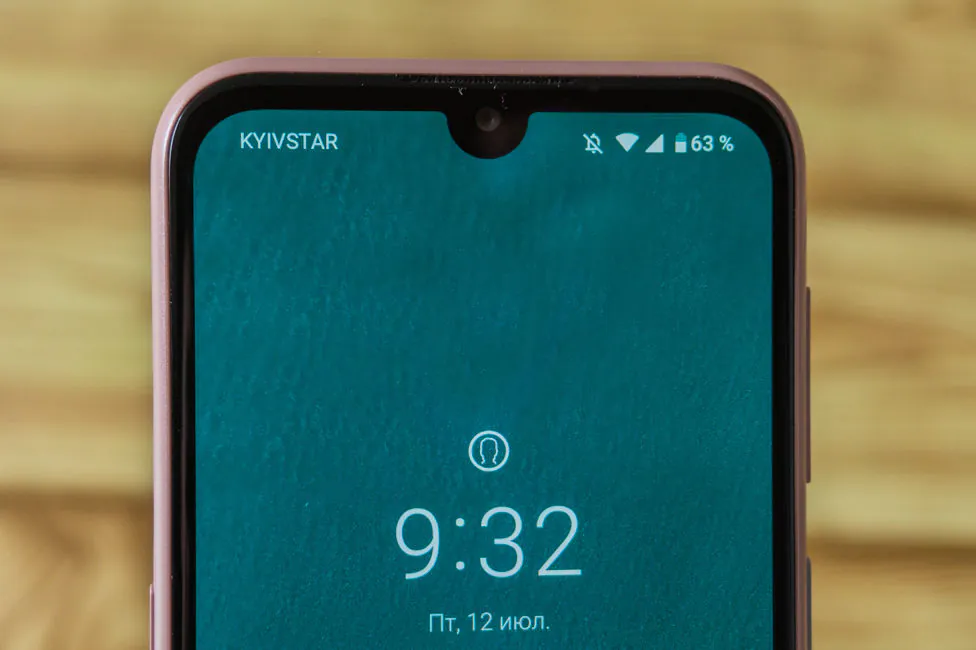
Nokia 4.2 battery life
With a 3000 mAh battery, Nokia 4.2 does alright, but not spectacular. Although the hardware and the resolution are tame, it hardly makes a difference. I consistently had enough power for a day with 4-5 hours of display activity.
With PCMark Work 2.0, Nokia 4.2 lasted 5 hours and 28 minutes at maximum brightness. A regular charger does not charge the smartphone quickly – it takes more than 2.5 hours:
- 00:00 — 13%
- 00:30 — 29%
- 01:00 — 47%
- 01:30 — 64%
- 02:00 — 80%
- 02:30 — 95%
Well, of course I would like to see Type-C-port, instead of microUSB.
Sound and communication
The earpiece speaker performs its intended purpose well, but naturally it does not help the multimedia speaker. Therefore, the second speaker doesn’t have a wide frequency range and quality. But at least the volume did not let us down – for calls and notifications it’s more than enough. In headphones Nokia 4.2 sounds decent.
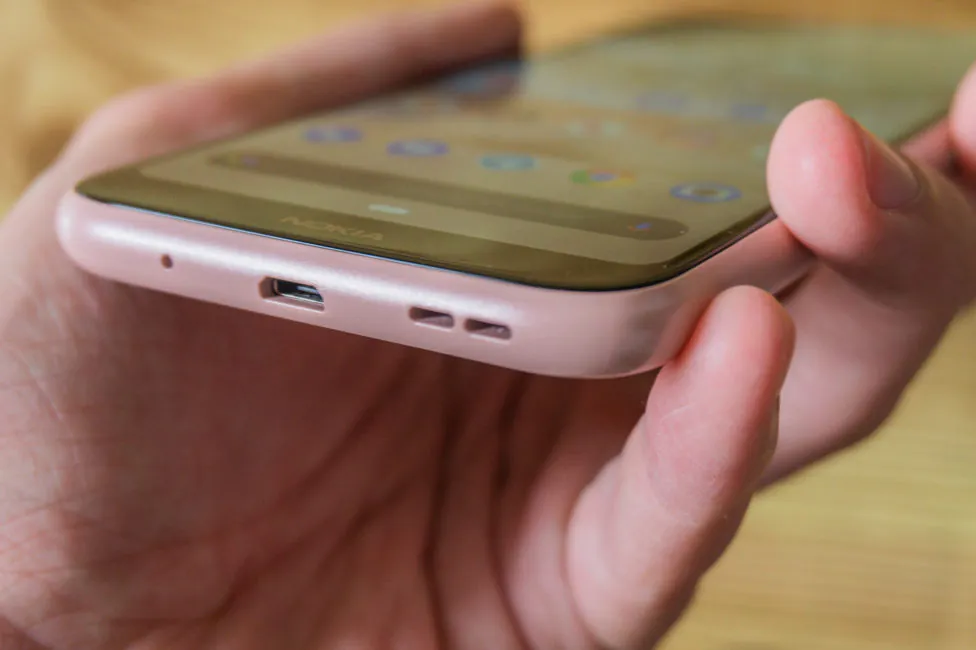
With the connection, I did find see any problems. The wireless modules are as follows: Wi-Fi 802.11 b/g/n (without 5 GHz support), Bluetooth 4.2 (A2DP, LE, aptX), GPS (A-GPS, GLONASS, BDS) and NFC is a good bonus. Nokia almost always has this module.
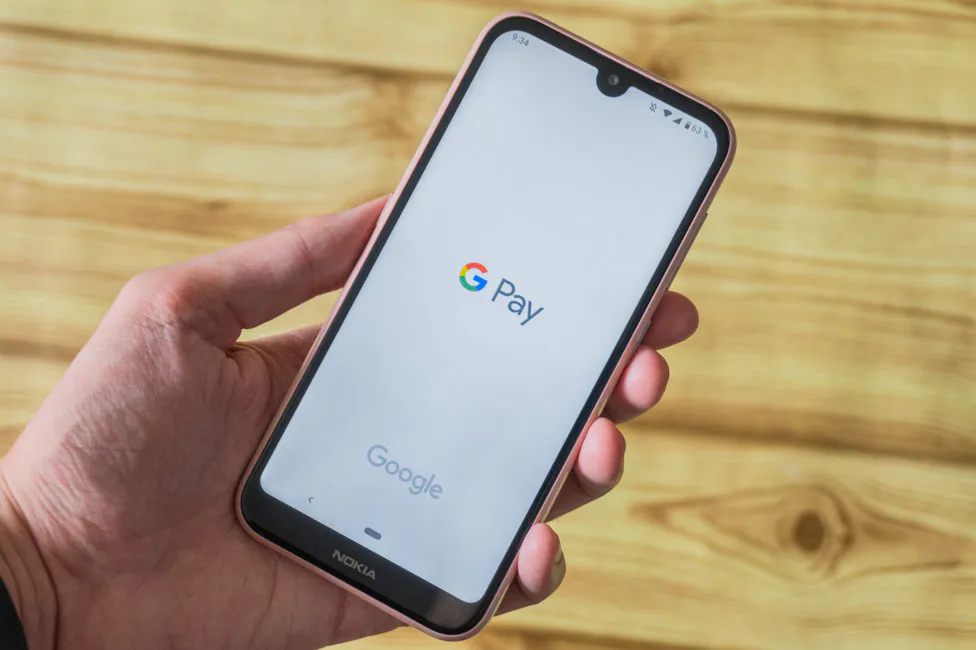
Firmware and software
Nokia 4.2 is part of Android One program, which means there is no third-party shell, there are a lot of updates. I don’t know about major OS updates, but expect lots of security patches. It’s no Pixel, of course: half of July has passed, and the last security patch was in June. But I’m nitpicking.
Android 9 Pie is its pure form, without modifications; it might seem empty to users who are used to third party shells. There are not a lot of features: digital well-being and a couple of gestures. Nokia has a camera app, FM radio and My Phone – all sorts of instructions for interacting with the device, support, and so on. The Google Assistant button cannot be reassigned by regular means – you can only turn it off.
You can make it useful, especially if you often use the voice assistant. In a car or on the go, for example, it is much easier to press a button and dictate a message.
Verdict
Nokia 4.2 is an affordable smartphone that’s far from ideal. The build quality and the materials is nice – it doesn’t feel cheap. The LED button, NFC for contactless payments, a clean OS and comfortable dimensions – 4.2 has a lot going for it.

Xiaomi or Honor offer more powerful hardware, better cameras or battery life. But Nokia 4.2 is still a decent phone in its class. If you need an Android device that’s easy to use and reliable, look no further.
Subscribe to our accounts:


